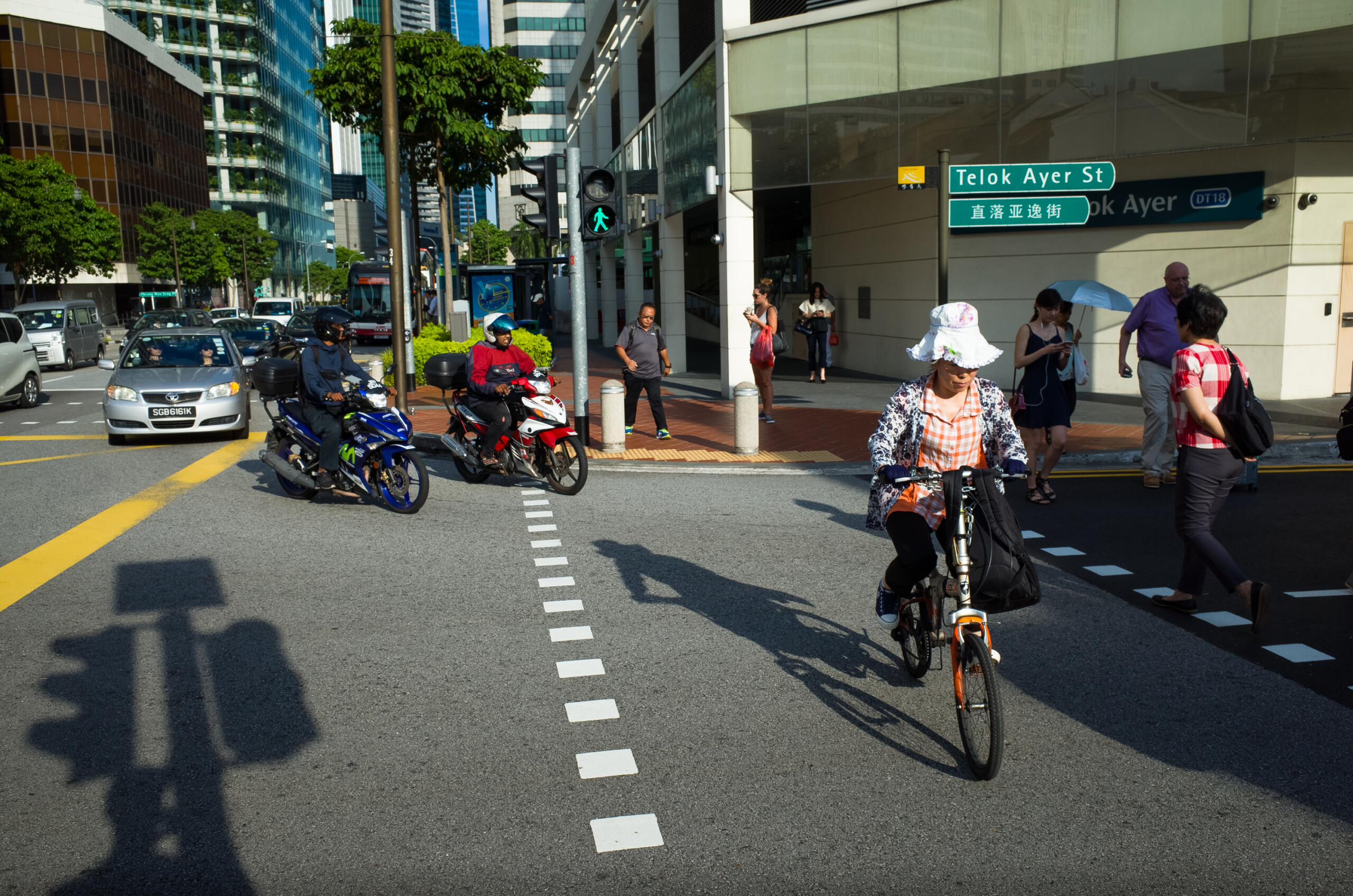|
Audio Version Available
|
For the past two years, working from home (WFH) has been the status quo for most of us due to Covid-19 restrictions.
As the Covid-19 situation in Singapore stabilises, it was announced that from Apr 26, along with the easing of other restrictions, companies can now call back 100% of their employees to the office, an increase from the current limit of 75 per cent of those who can work from home.
The Ministry of Health (MOH) also announced in a separate press release that at the workplace, employees will be allowed to remove their masks at their workstations when they are not interacting physically with others and when they are not in customer-facing areas.
It was not surprising that most people had mixed feelings about returning to the office.
While people are excited to meet with their colleagues physically and have lunches together again, many who have become used to the comfort, convenience and safety of working from home are feeling anxious about returning to the office.
WFH or WFO?

A study on the prevailing attitudes of Singaporeans towards workplace arrangements by the Institute of Policy Studies (IPS) published on Apr 25 found that the majority of workers prefer flexible working arrangements.
About 73% of female respondents and 66% of male respondents mentioned that WFH on most days or flexible working arrangements should be the new norm. They also preferred having more freedom to choose the days they return to the office. The emphasis was less on location and more so on when— and how — they work.
Respondents cited a number of reasons for the WFH preference: it gives lower risk of exposure to Covid-19 and better incorporates personal needs into working schedules.
Employees could also tend to family needs better. Hence, reversion to pre-Covid working arrangements may be stressful, especially for primary caregivers who often juggle work and personal needs.
Other stories you might like






Other stressors include social pressures (“Would it be awkward to interact with coworkers in person after not seeing them for two years?”), safety concerns (“Is my workplace taking the pandemic and its continuing dangers seriously?”) and work-life balance issues (“How can I preserve the positive lifestyle aspects when I was working from home?”)
While organisations like Airbnb have said that its employees would be permanently able to work from anywhere — including their home, the office or while travelling in different countries — this is unlikely to be the reality for most of us who, by now, have probably been called back to the office.
So how can we make this transition easier?
1. Be compassionate with yourself

When the pandemic first hit, the shift to working from home was sudden, and many of us had to quickly adapt to the unexpected change. Furthermore, this shift was combined with uncertainty about the future and our jobs, fear of contracting the virus, as well as loss of freedom and connection that came with lockdown.
Being at home all the time and losing familiar structures and routines led some of us to overwork while others struggled to focus.
Going back to working in the office is pretty much the same situation, but in reverse. So it is natural to feel a similar sense of unease.
Be gentle with yourself. It’s normal to feel anxious about going back to the office. The people around you likely feel the same way.
Talk to people you trust about your struggles. Know that you’re doing the best you can, and that what you’re doing is enough.
It’s important to acknowledge the journey you’ve been on in the past two years and give yourself compassion and empathy.
2. Establish a new routine

You’ve probably mastered the art of hopping on Zoom at the last minute when working from home, and the thought of a morning routine might be unfamiliar.
You will need to reawaken old habits. Give yourself enough time to prepare breakfast before heading off to work (don’t miss the most important meal of the day!) and cater time for travelling to the office.
The night before, prepare your outfit and pack your work bag, do a relaxing meditation and sleep early.
If your workplace is taking a hybrid approach to WFO, plan ahead to coordinate with a colleague so that you can have lunch together!
3. Reconnect with people

Connecting with people is an important aspect of work, but can be a source of anxiety for many.
You may still feel alone even though you are back among familiar faces in the office, and may be wondering how to interact with all your colleagues after spending two years conversing with them primarily through screens.
Then there’s the physical aspect: We need to think about handshakes versus fist bumps, and consider people’s differing levels of comfort with contact.
It’s okay to start slow. Make plans with one or two colleagues to get coffee or otherwise catch up over casual conversation.
Research has shown that social connections and positive relationships at work can increase happiness and help reduce burnout.
Everyone has experienced the pandemic differently and while some are excited to return to work, others need more time to adjust. Those who are excited should be mindful and make space for people who are anxious.
Keep in mind what people have been through. Your colleagues may have lost someone, are feeling stressed about being away from their kids for so long, or they themselves may be struggling with recovery in ways that are invisible. Take some time to check in with them.
4. Set your boundaries

Working from home blurred a lot of boundaries as people became more accessible — we could be having dinner with our family, yet still working due to expectations to respond immediately to messages.
This shift back to the office gives you the chance to set your boundaries in terms of availability, communication and when and where you work. Do you want to stop responding to emails after certain hours? Do you prefer to communicate by Slack or video call? Are weekly check-in meetings most effective?
Think about what works best for your productivity and your mental health, and communicate clearly with your supervisor on how these changes can help you work smarter, set expectations and increase your productivity.
5. Make changes that will boost your personal and professional happiness

One silver lining that came about during the pandemic was that mental health was put in the spotlight. Conversations grew and stigmas lessened as more people talked about their mental health concerns, since everyone was going through it.
Covid has helped us to realise that mental health is just as important as our physical well-being, and we need to protect it to thrive in our personal and professional lives.
Now is a good time to make changes, since everything — from schedules to team culture norms — are in flux. There’s room for you to rebuild your work environment in a way that makes you happier while still meeting your KPIs.
Now is also the time to set new goals (and perhaps a chance to relook at your new year resolutions) and see if you are on the right track. Perhaps with the changes in work arrangements, you may need to make modifications, for example, signing up for that gym class next to your office (no more excuses!)
Other stories you might like






Take the opportunity to consider the things that have changed for you this year, and decide what elements you want to keep, for example, a greater appreciation of family time, and slowing down to cherish the quiet.
With a little planning and preparation, you can head back to the office confident and ready to enter this next phase of our new normal.
If you like what you read, follow us on Twitter and Google News to get the latest updates.


